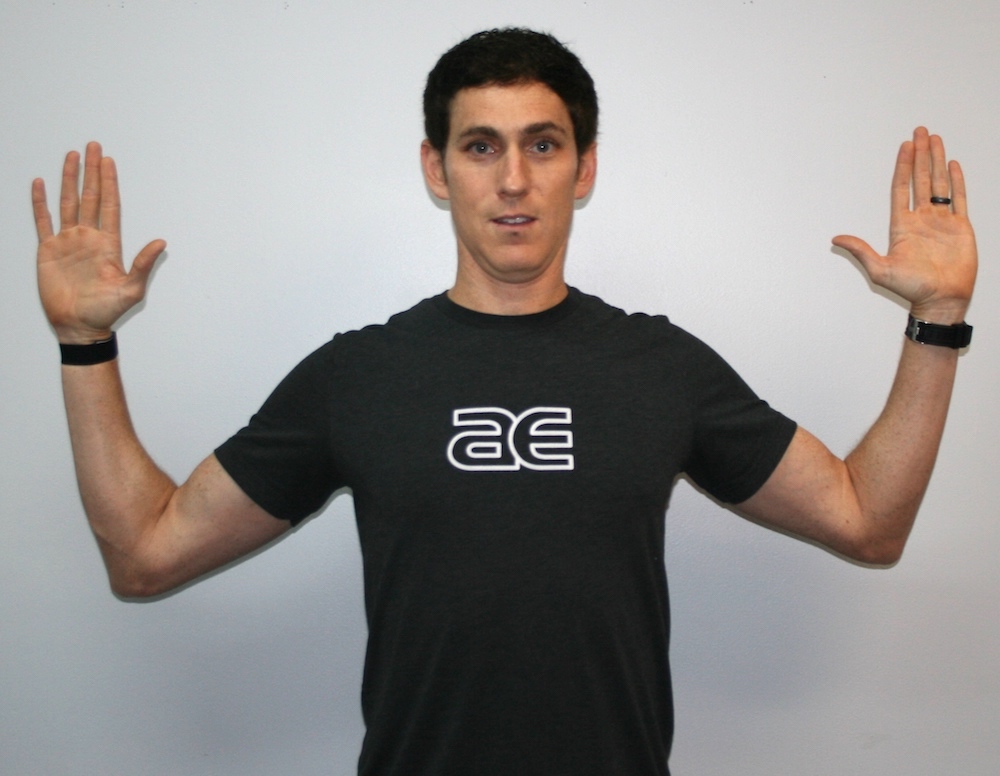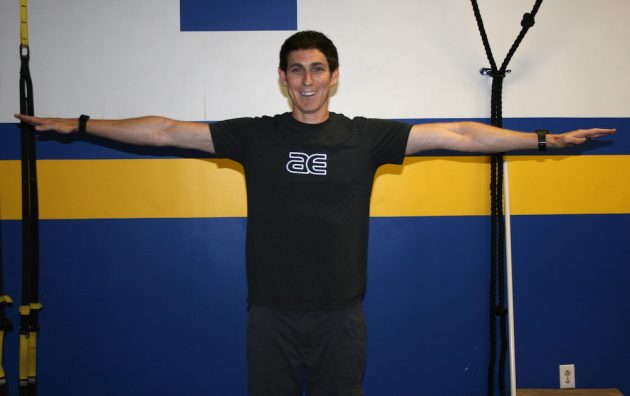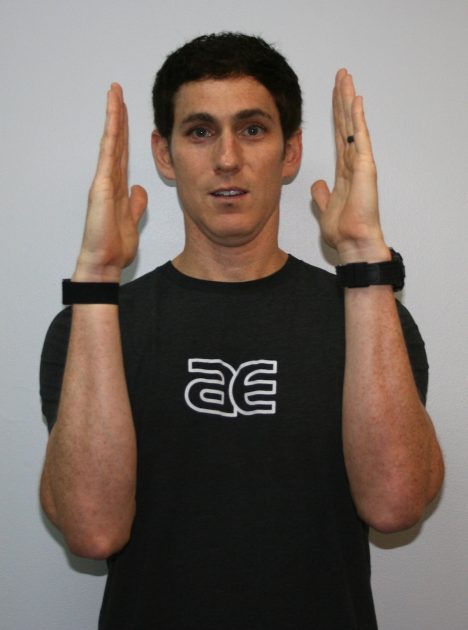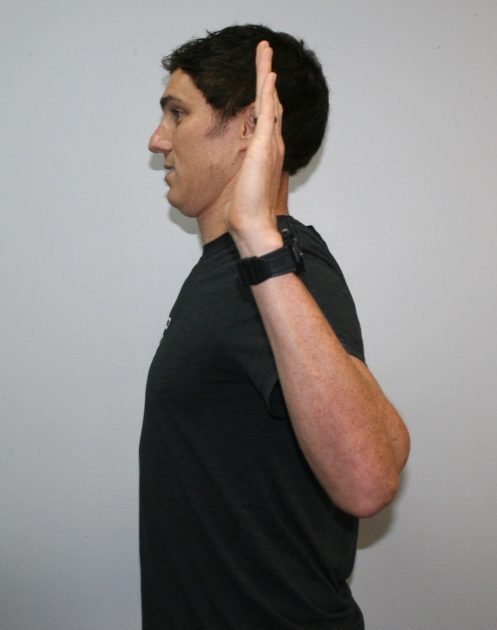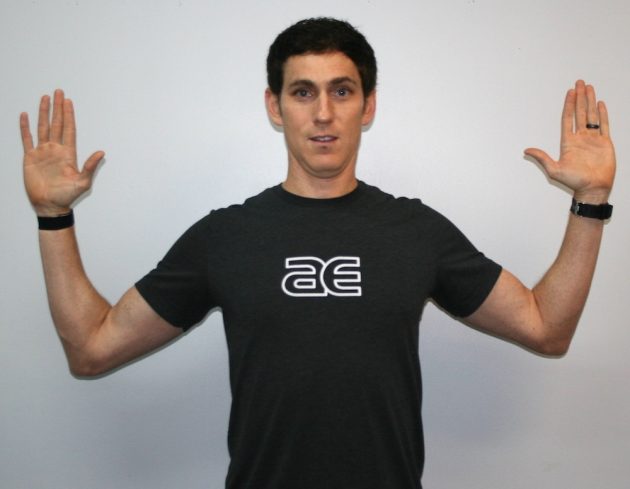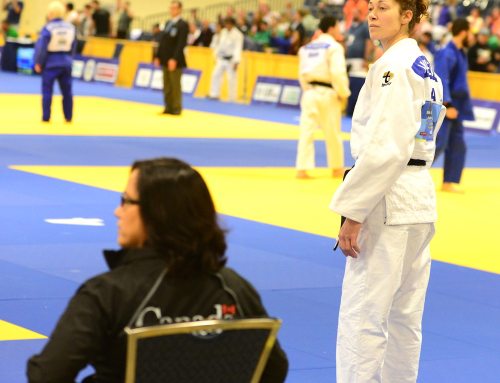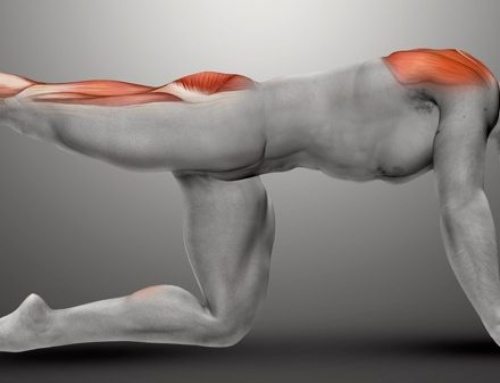By Brian Diaz
As a sports physical therapist, I don’t see breast cancer survivors often for the sole reason of complications resulting for their surgery. A handful of cases a year come into our clinic, mostly swimmers and cyclists, and we treat them to help them return to sport as soon as possible. Recently, a dear friend and fellow cyclist on our local team, was diagnosed with early stage cancer and after some simple research, I quickly became aware more and more people are having mastectomies with or without reconstruction across the country.
Some of these patients have biopsied tissue and the results were positive for cancer. And some are electively having the surgery based on familial and genetic history (prophylactic mastectomy). Whatever the case may be, several are discouraged with the resulting tightness and weakness from the trauma of the surgery. While this can take months and sometimes years to overcome, those of you pondering this difficult decision have options.
First off, I’d like to point out some statistics for mastectomy vs. lumpectomy and radiation combination therapy. A study published in Journal of the American Medical Association in 2014 showed that there was no statistically significant difference in morbidity after 10 years when comparing mastectomy (single or double) vs. lumpectomy and radiation therapy. Now, while this may seem alarming, if you are fearing surgery and some of the resulting physio issues after, you must remember that the lumpectomy still is a minor surgery and presents with some tightness in the anterior chest as well. In addition, the radiation therapy has its deleterious effects and is hard on the body while undergoing the treatment. Hair loss, lethargy, and other side effects are normal and expected.
So that brings us back to the surgery. Regardless of what option you choose, single mastectomy (with or without reconstruction), double mastectomy, or lumpectomy, these all have various degrees of soft tissue complications. Several of the women I see have slight weakness in the shoulders and scapular region and almost all of them have tightness in the chest and pectoral muscle groups that needs to be addressed. What surprised me in doing research for this piece is that close to 70% do not go to physical therapy after treatment. This is a mistake. A good physical therapist with strong manual skills will help prevent the anterior tightness and limit range of motion loss. In addition, collaborating with the surgeon, they will prescribe adequate exercises targeting each person’s unique differences.
Now because of the complexities of various reconstruction options I strongly urge the majority of those who are “winging it” on their own to consult with their surgeon or physician to make sure they are cleared to do exercises. Most patients, regardless of type of surgical procedure used, are encouraged to move day 1 after surgery. Here are a few of my favorites for to get started in restoring strength and mobility:
Shoulder rolls – elevating the shoulder up and rolling backward, NOT FORWARD, and pinching the shoulder blades in the back.
Arm circles – raising the arms out to the side start with slow circles that are tight and then get bigger and bigger within a pain free range
Chicken wings – with your arms elevated out to the side, palms facing forward and elbows dropped to form a “W”, pinch the shoulder blades in the back like a reverse fly motion
# # #
Brian Diaz is the head physical therapist and sports specialist at ActivEdge Fitness & Sports Performance. He is a Level II Certified TRX Suspension Trainer and a USA Triathlon Certified Coach. Follow him on Twitter (@JediTriathlete) or go to his website at ExperienceTheEdge.com for more exercise ideas.


